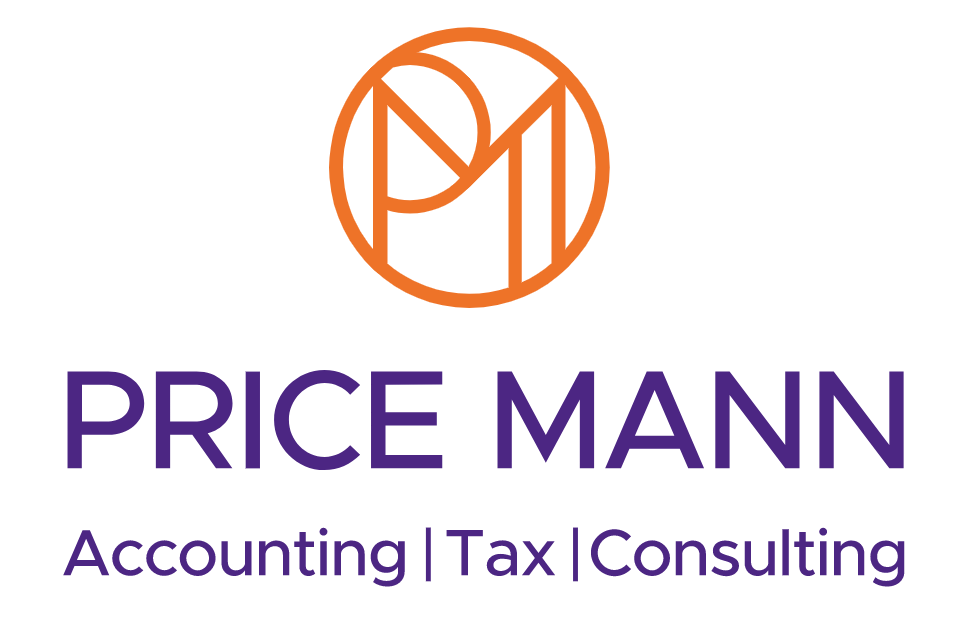Business Update - May 2022
IR35 reform landing period ends
Penalties now apply to businesses that make mistakes under new IR35 rules for the private sector.
The Government extended the off-payroll working rules reform to the private sector in April 2021, but promised to be lenient on mistakes in the first year.
The landing period has now ended, so employers caught within the reformed IR35 rules will have to pay a penalty of their unpaid tax between 30-100%.
Introduced in 2000, IR35 was designed to prevent tax avoidance by contractors who supply their services via intermediaries in a way so they enjoy the benefits of ‘employment’ and a lower tax rate than actual payrolled employees.
Known as ‘disguised employment’, this loophole was costing the Government millions of pounds in lost taxes each year.
Recent updates made the hirer, rather than the contractor, responsible for designating employment status and rolled out the new rules from just public sector businesses to medium and large private businesses.
After one year, some businesses seem to be struggling, with one YouGov survey suggesting the reform of IR35 has negatively impacted the finances of two in five companies.
Derek Cribb, chief executive of the Association of Independent Professionals and the Self-Employed, said: “The changes to IR35 in the private sector in April 2021 have made it harder for [businesses] to hire contractors and has therefore made it even more difficult for them to grow during these turbulent economic times.”
New law to resolve Covid rent debt
The Government has set up an arbitration system to help resolve outstanding commercial rent debts as the general moratorium on commercial eviction rents.
From 25 March, a legally binding arbitration process is available for eligible landlords and tenants who have not yet reached an agreement.
The Government hopes this will resolve disputes about pandemic-related rent debt and help the market return to normal.
The law applies to commercial rent debts of businesses that were mandated to close under Covid lockdowns and restrictions in part or in full from March 2020 until the date restrictions ended for their sector.
During the pandemic, commercial tenants received a moratorium on evictions, which ended on 24 March 2022 in England and Wales.
However, eligible businesses remain protected for the next six months, during which time arbitration can be applied for.
Business minister Paul Scully said: “This new law will give commercial tenants and landlords the ability to draw a line under the uncertainty caused by the pandemic so they can plan ahead and return to normality. Landlords and tenants should keep working together to reach their own agreements where possible using our code of practice to help them, and we’ve made arbitration available as a last resort.”
Talk to us about your property.
National Insurance and dividend 1.25% uplift underway
The Government has at last increased National Insurance (NI) and dividend tax by 1.25 percentage points after months of anticipation.
The 1.25% uplift came into effect on 6 April 2022 and will apply until April 2023, after which a separate health and social care levy will apply on peoples’ income at 1.25%.
The Government said it expects the levy to raise £39 billion over the next three years to help reduce the Covid-induced NHS backlog and reform adult social care.
The change means employees will pay NI at 13.25% on their earnings above the primary threshold up to £50,270 a year and 3.25% of earnings above that in 2022/23.
Some employees are exempt from the uprate in certain circumstances, including apprentices under 25 years old, employees under 21 years old, armed forces veterans and freeport employees.
Employers will pay 15.05% on earnings above £9,100 and the self-employed will pay 10.25% above £11,908.
Some have criticised the Government for going ahead with the plan it first announced in September 2021, saying it is mistimed with the current cost of living crisis as inflation runs at 6.2%.
However, from July 2022, the point at which individuals pay NI will rise by £2,690 to £12,570 – equal to the income tax personal allowance.
The Government said this means around 70% of taxpayers will end up paying less in NI even when taking into account the 1.25% uplift.
However, Torsten Bell, chief executive of the Resolution Foundation, said lower earners will not benefit as much as others, commenting: “Middle-and-higher-income households will gain most from the rise in the National Insurance threshold, but only £1 in every £3 of additional support announced today will go to the bottom half of the income distribution.”
Talk to us about your tax liability.
MTD for VAT rolls out to all VAT-registered businesses
All VAT-registered businesses must comply with Making Tax Digital (MTD) rules, regardless of how much they make each year.
Kicking in from 1 April 2022, the changes mean all VAT-registered businesses must compile and submit VAT returns using software that connects to HMRC’s systems.
They can do that either through a bridging tool or by using an application programming interface (API) to connect non-compatible software, such as Excel spreadsheets, to HMRC’s systems.
Alternatively, businesses can adopt one of several HMRC-recognised and compatible MTD software solutions, including cloud accounting platforms.
Although MTD for VAT is not completely new, this is a significant change for smaller businesses, many of which do not digitally store business records and file VAT returns.
Since April 2019, businesses with an annual turnover of £85,000 or above have been required to meet MTD for VAT obligations.
MTD is the Government’s flagship policy to digitise and modernise the tax system, making it more understandable and efficient so less tax revenue is lost to mistakes and errors.
All VAT-registered businesses must follow MTD for VAT rules from either 1 April, 1 May or 1 June 2022 depending on their VAT return quarters.
Any trader who should be filing VAT returns under MTD but has not registered will be charged a penalty.
However, businesses can apply for an exemption if they are unable to use digital tools, for example because of remoteness or religious beliefs.
MTD for income tax is expected to come into force in April 2024 after being delayed by a year to give businesses more time to recover from the worst of the pandemic.
Corporation tax is not expected to come into effect until April 2026 at the very earliest.













